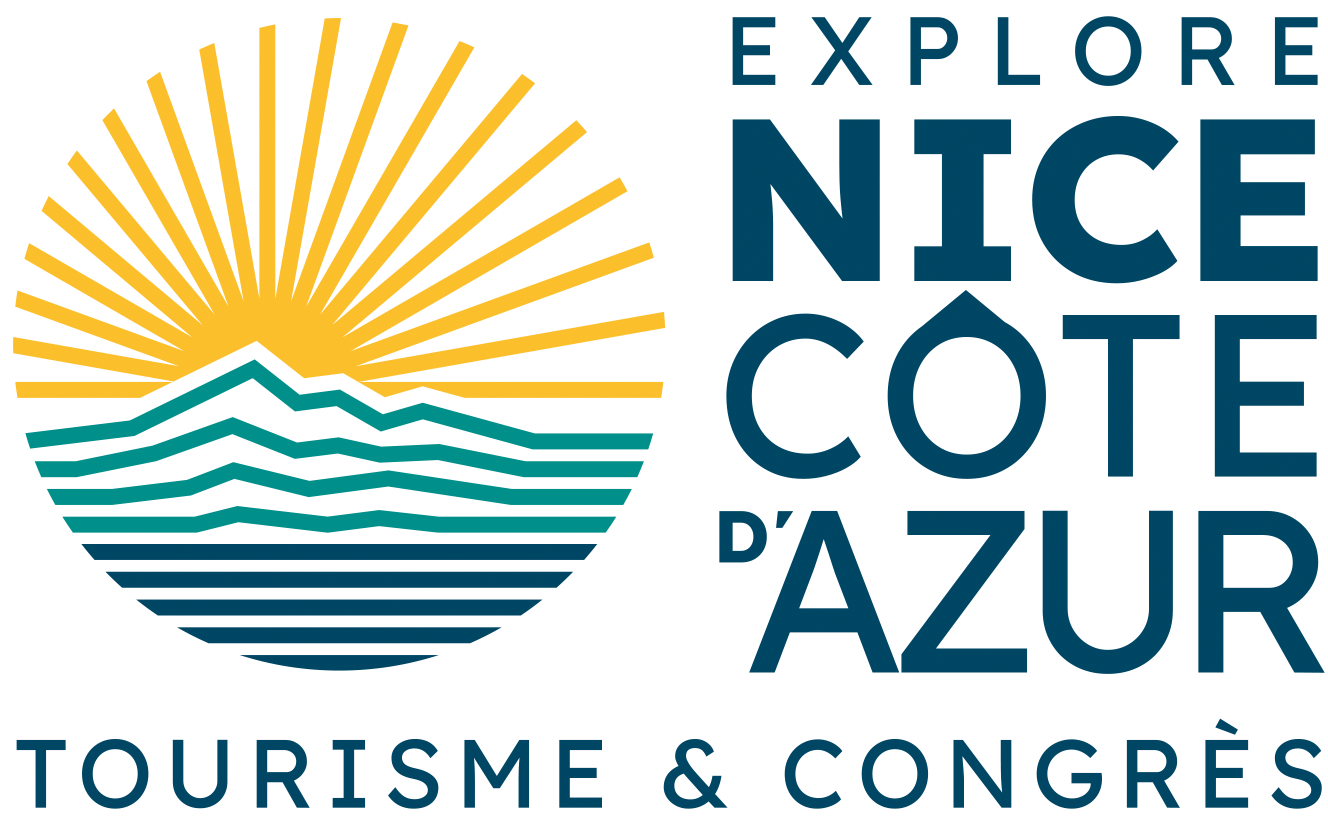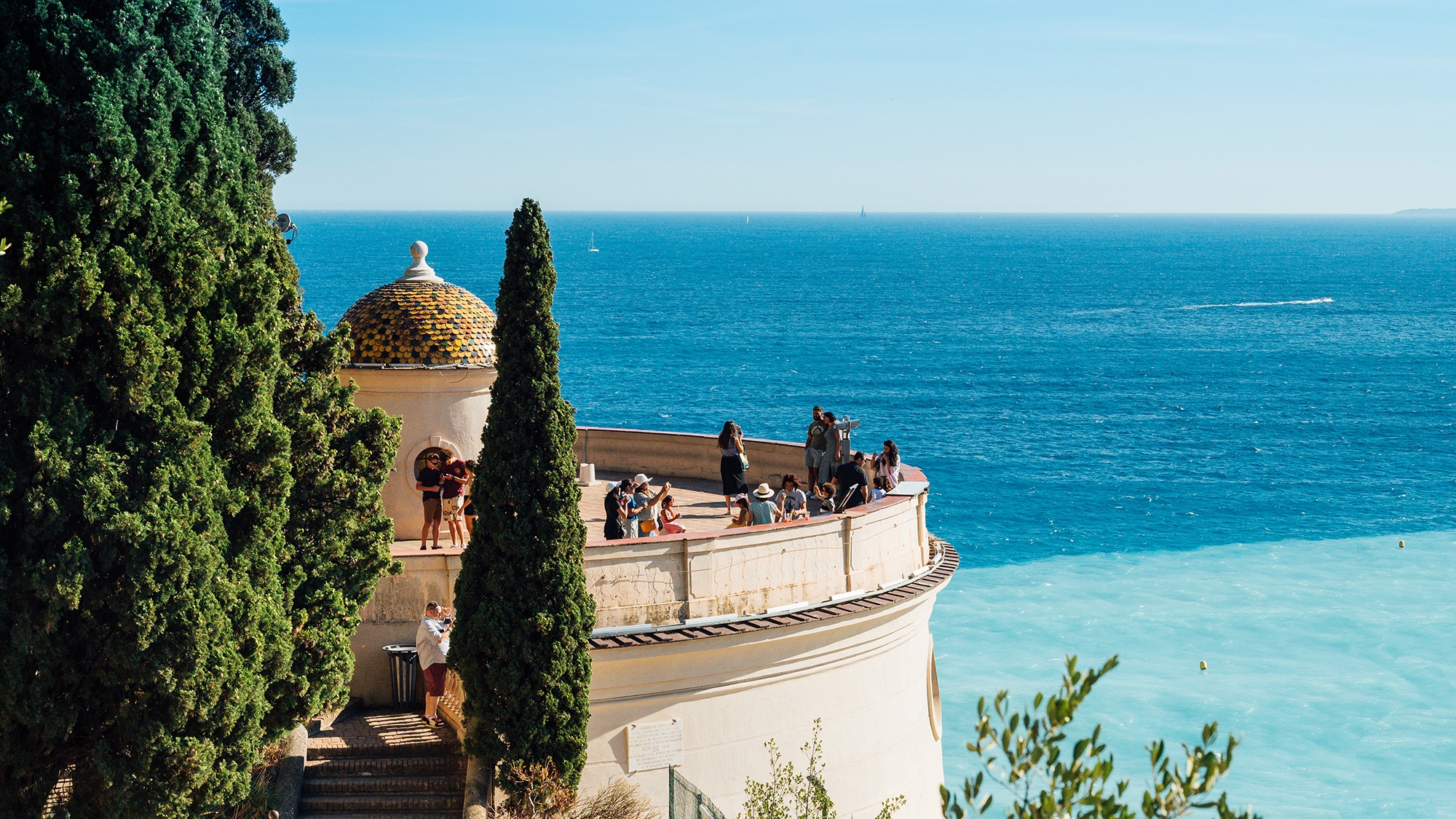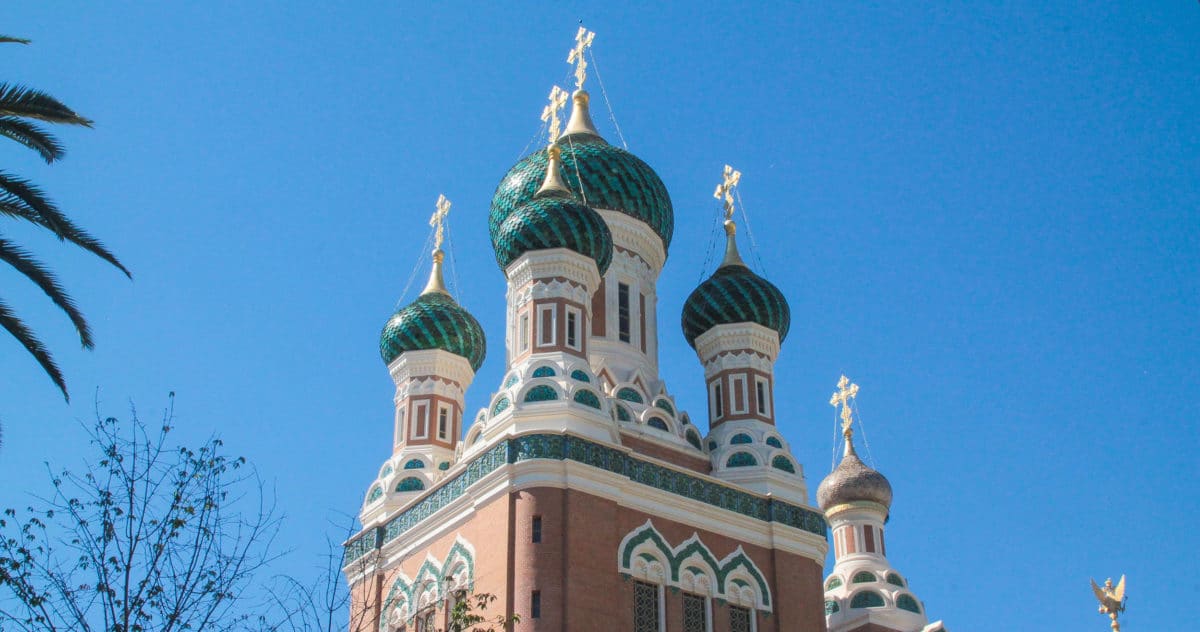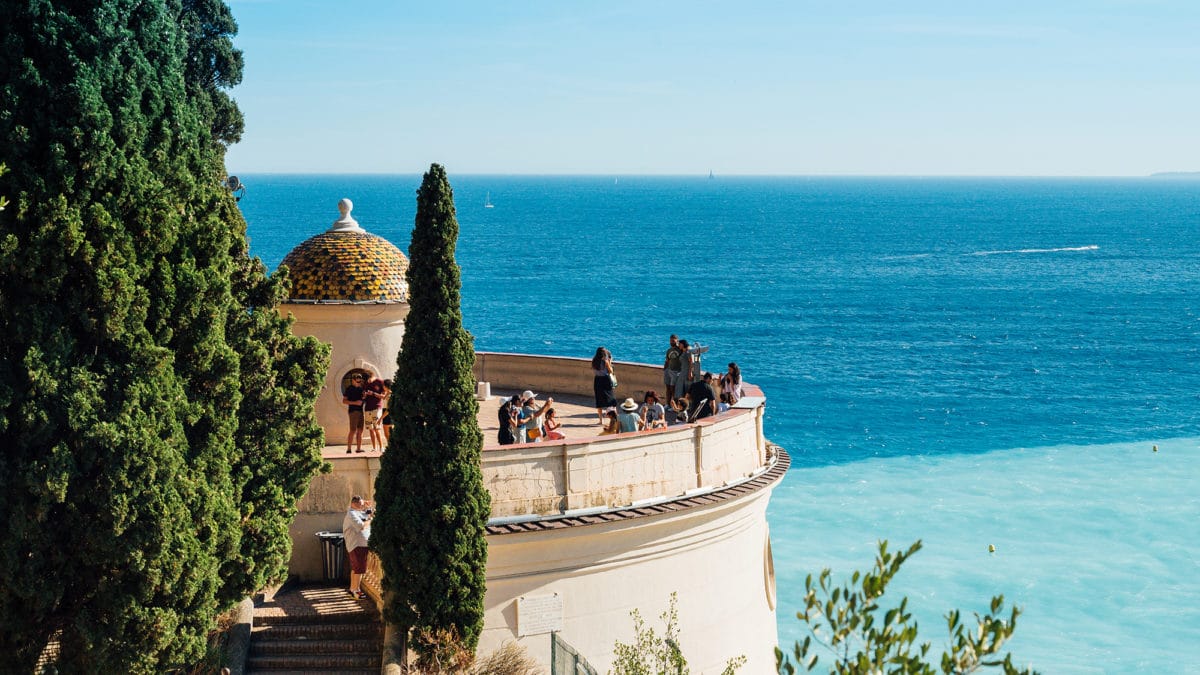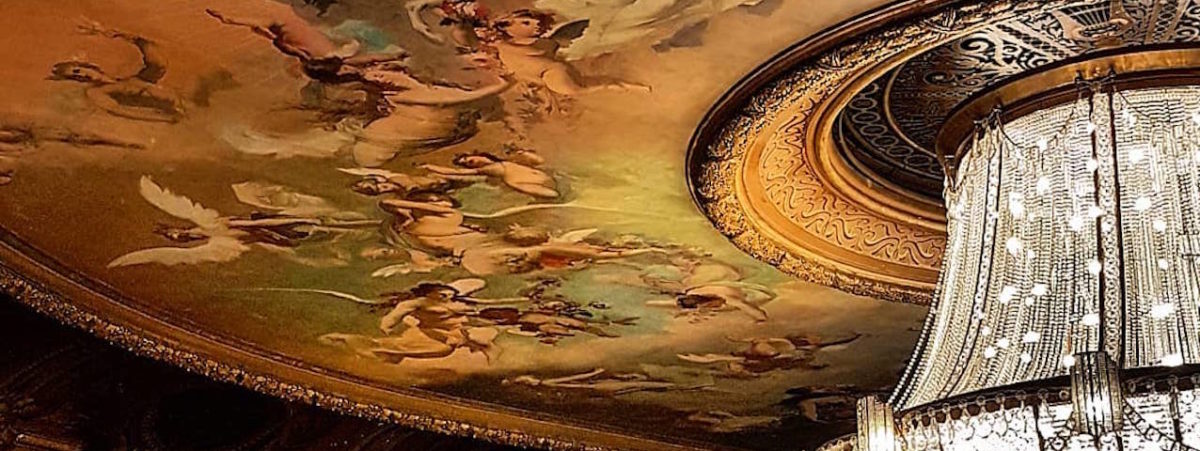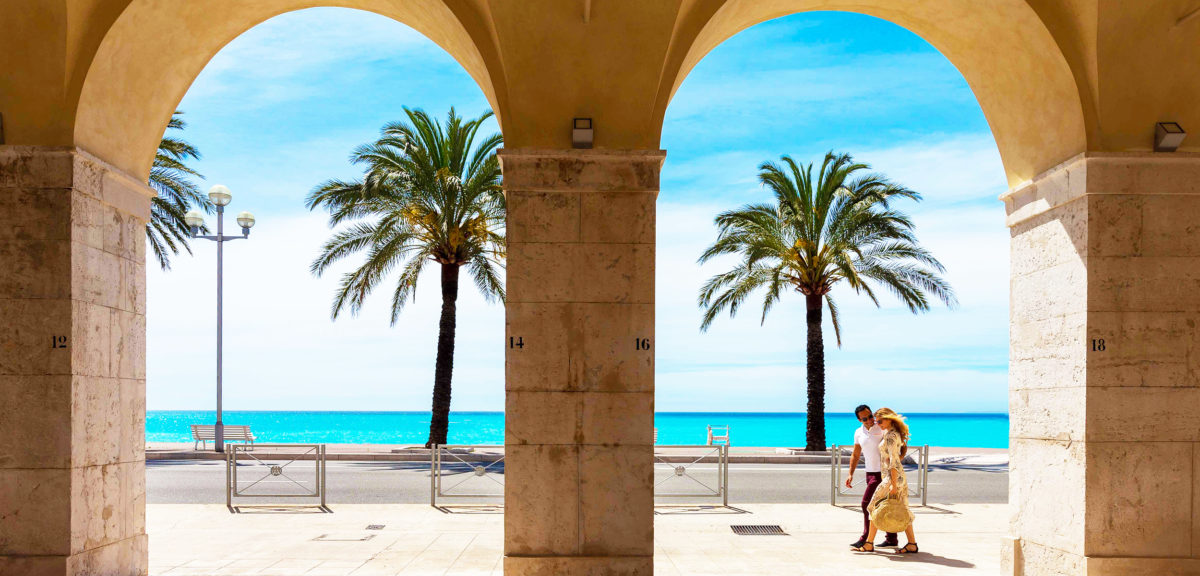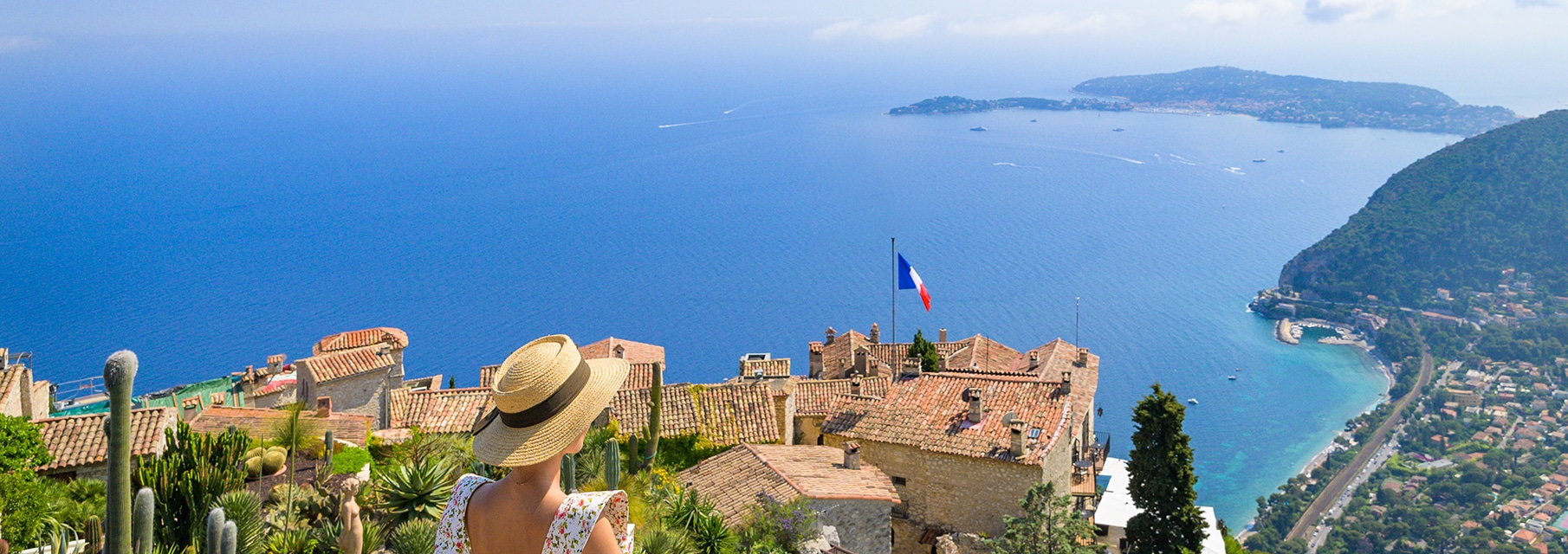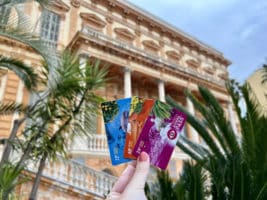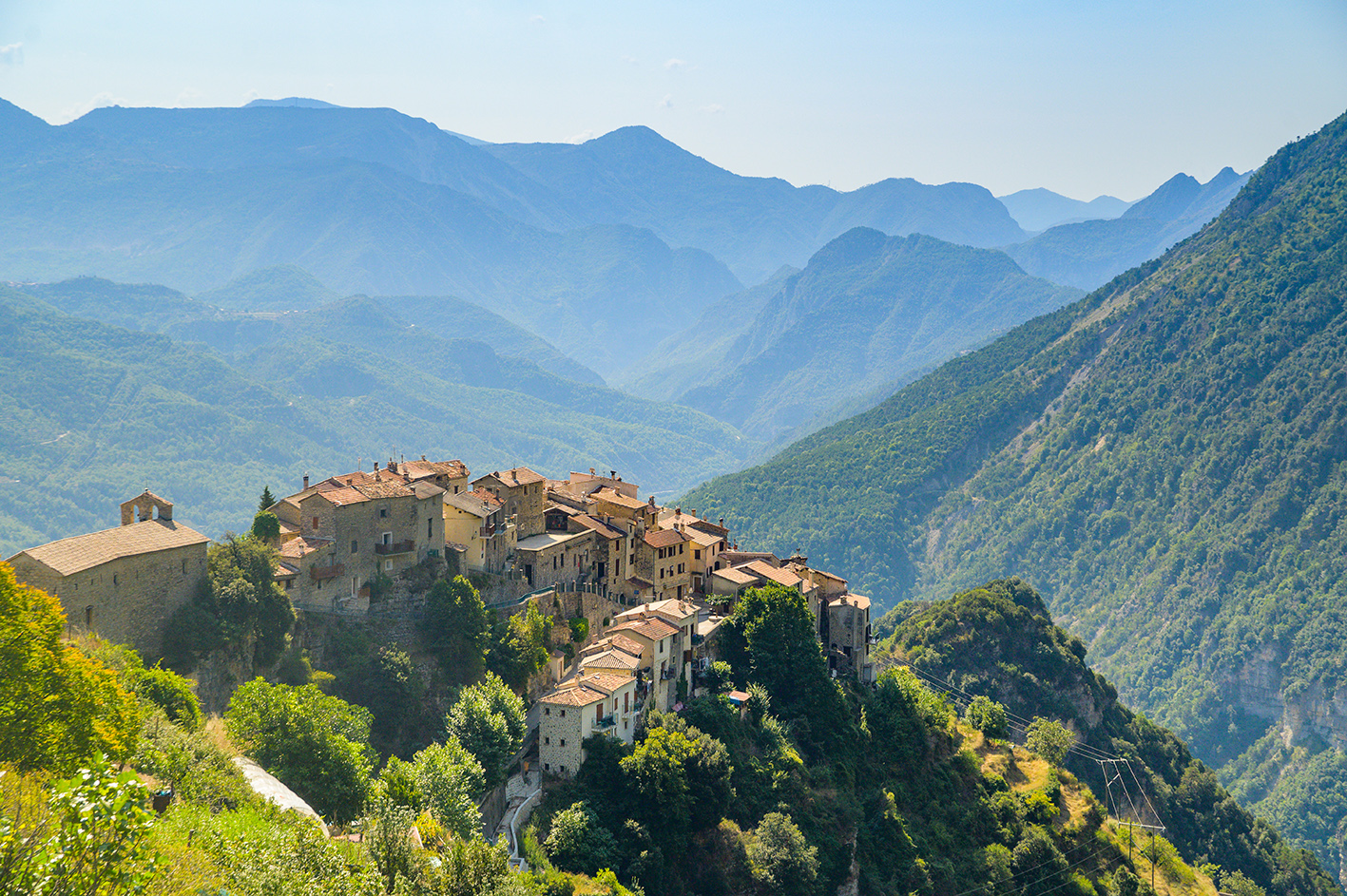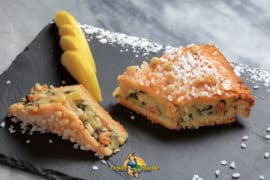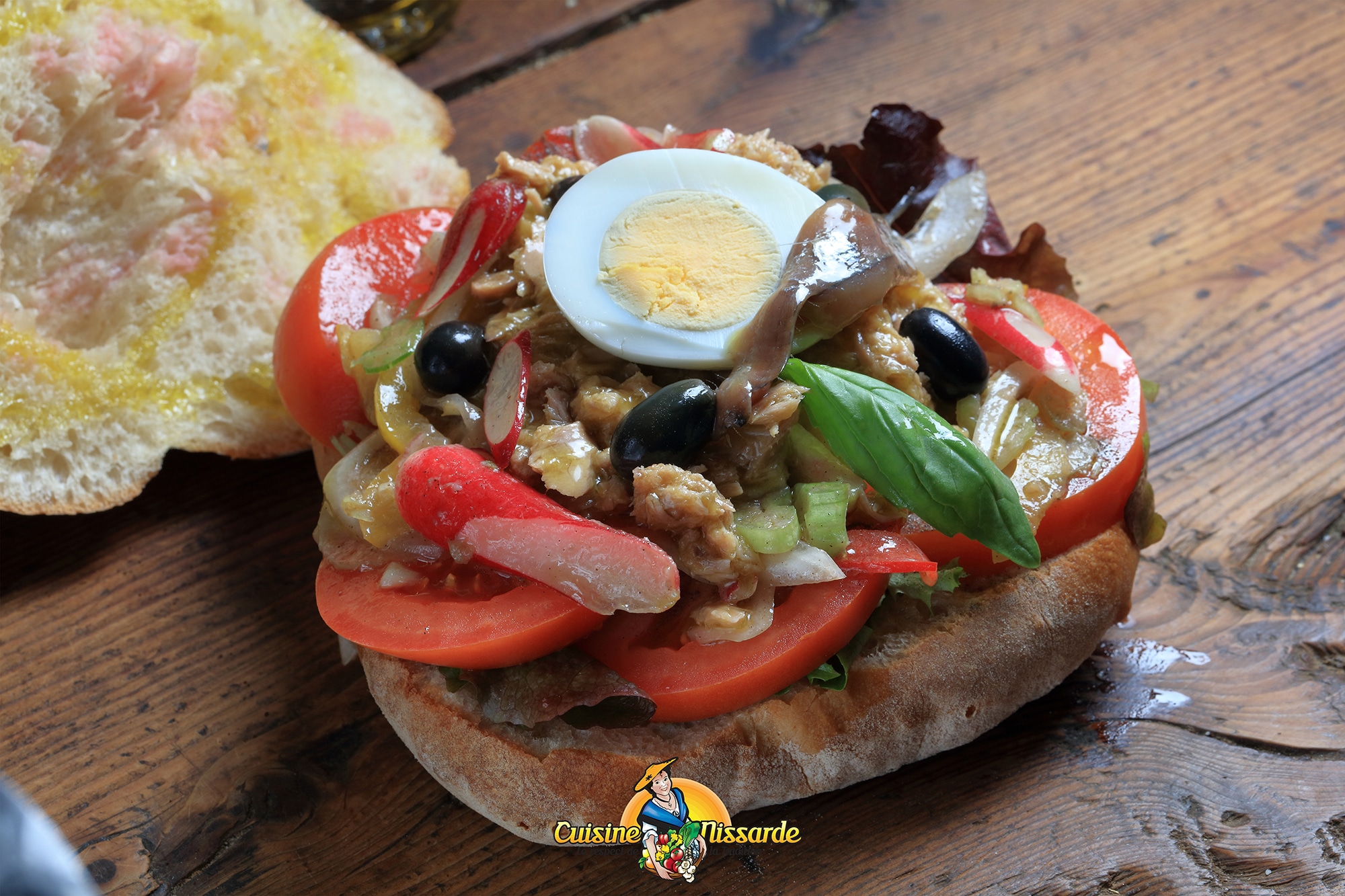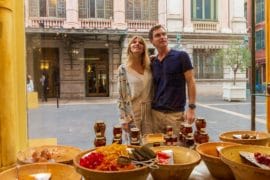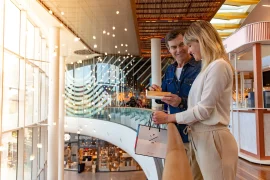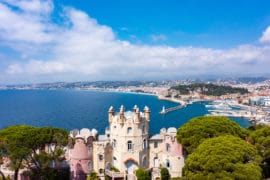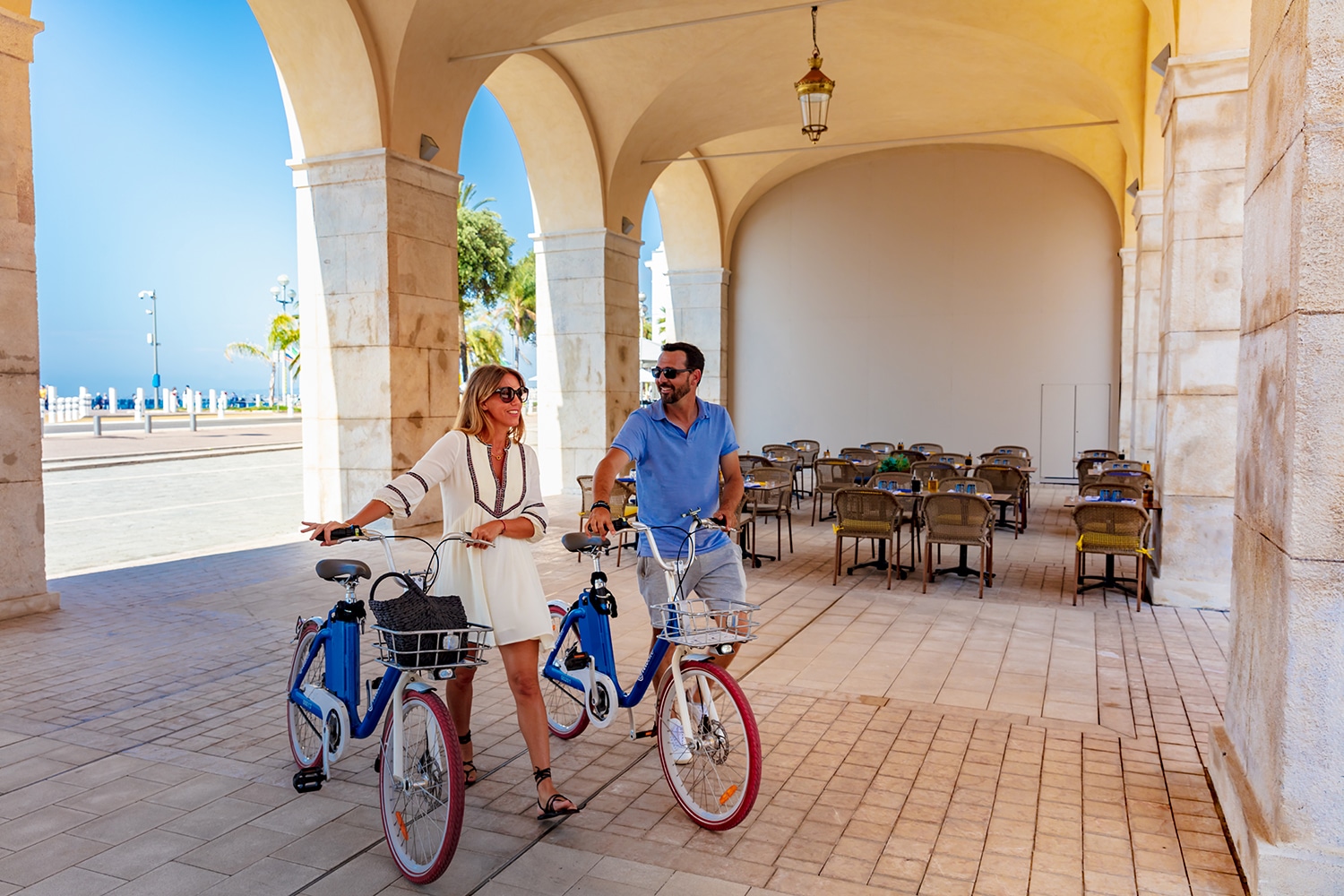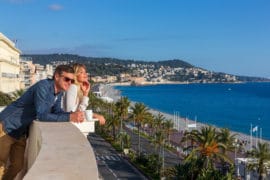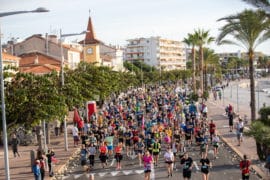Cosmopolitan Nice
A cosmopolitan city, Nice has always welcomed people from all over the world.
It has kept its customs and particularities, like imprints around the city…
Nice offers a world tour without leaving the city. England, Russia, Germany, Turin and Genoa can all be found in the city.
Nice, the British influence
The Promenade des Anglais
The 1760s saw the arrival of the first British winterers in Nice, in particular Tobias Smollett who made it famous through his written works. This was the beginning of a drastic change and the near birth of Riviera tourism in winter.
The Promenade des Anglais was to become the symbol of Nice. However, influences are also present in many other parts of the city, as well as in the habits… Indeed, most English people built their houses in the Buffa district, which was to be called “Newborough” or “Little London”.
In 1822, bad weather caused crop failure and misery. The Anglican minister Lewis Way launched a subscription among his compatriots in order to provide work for the inhabitants. The idea was to build a two-metre wide roadway from the Paillon to the present-day Rue Meyerbeer. The work was completed in 1824. The people of Nice called it “lou camin dei Inglés” or chemin des Anglais. Then Promenade des Anglais… .
On the hills
The introduction of sea bathing before 1860 is emblematic of these cultural exchanges. In 1861, the Scotsman Sir Thomas Coventry launched a tradition that continues to this day: the cannon shot from Castle Hill at 12 noon precisely! Some say that he was responding to a request from the people who complained that they didn’t know what time it was, while others claim that he wanted to remind his talkative wife, who was late returning from her morning walk, that it was lunchtime.
The 19th century saw not only the British gentry, but also Queen Victoria coming to winter in Nice. The Excelsior Regina Palace was built especially to welcome her. Located to the east of the city, on the Cimiez hill, she liked to stay there for several winters. This immense building where Matisse worked and lived a few years later, next to the museum dedicated to him, still represents one of the jewels of British Nice.
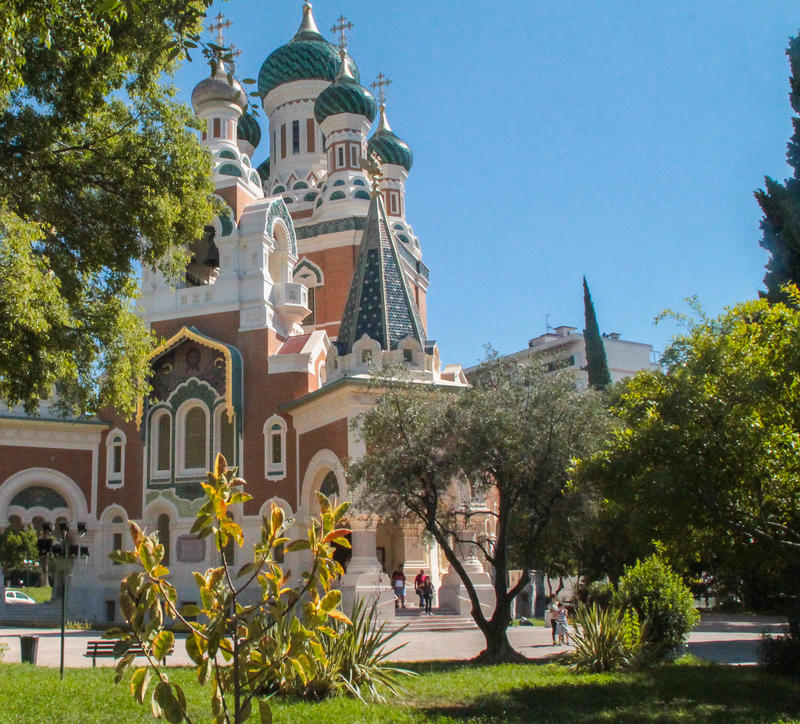
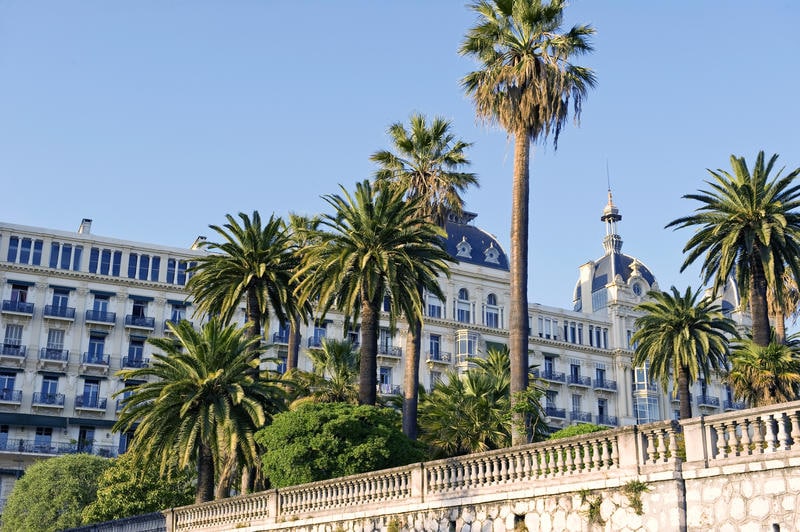
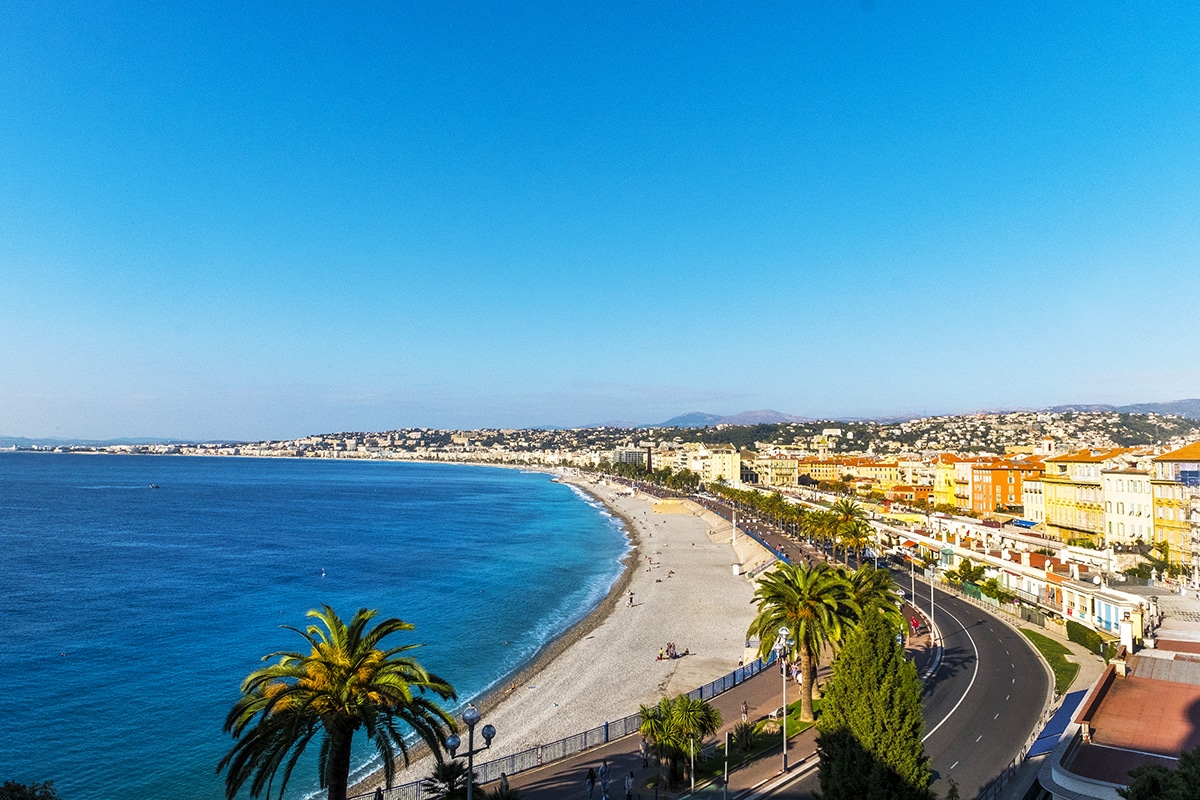
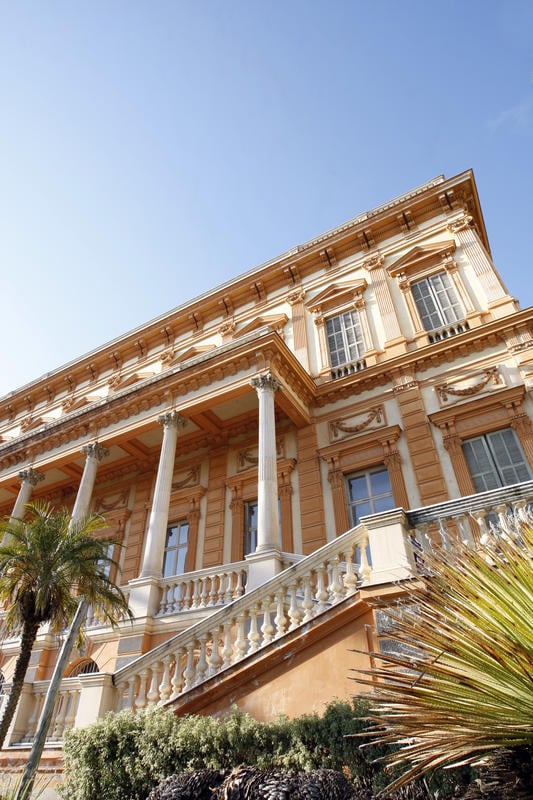
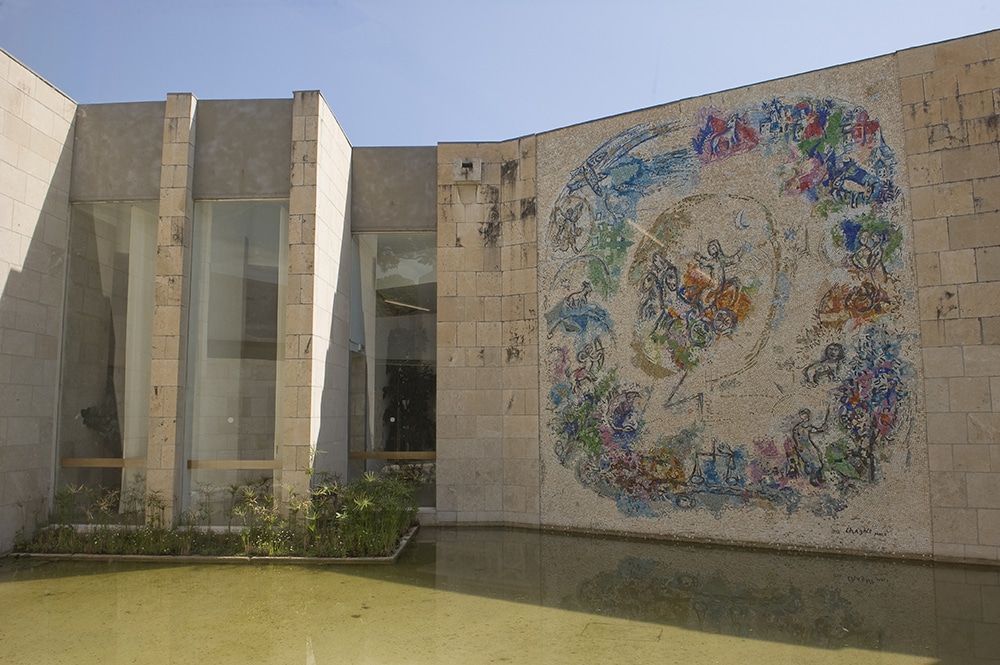
Nice, a little Russia
The Russian community has left an important heritage in Nice, first and foremost the Russian Orthodox Cathedral of St Nicolas. It is one of the most visited monuments in Nice, along with the monographic museum dedicated to Marc Chagall, a Russian -now Belorussian- painter of Jewish origin.
Its history begins in the 19th century. After the Crimean War, a naval base in the Mediterranean was needed, so the Russians, led by the imperial family, settled in the region. When Nice became French, relations between France and Russia were strengthened and Russian aristocrats decided to continue their stays.
Heritage
Many testimonies of their presence remain to this day:
In Nice city centre, rue Longchamp, the first Orthodox church was built in 1859 at the instigation of Empress Alexandra Feodorovna. As the Russian community grew, the need for an appropriate Orthodox place of prayer became apparent. The construction of St Nicholas Cathedral began in 1903 and the memorial chapel of Tsarevich Nicholas Alexandrovich was built on the very spot where Alexander II’s son died in 1865.
To the north of the Cathedral of Saint-Nicolas is the Lycée du Parc Impérial. It was originally a palace built to accommodate the imperial family during their stays in Nice. As for the Musée des Beaux-Arts de Nice, it was built by the wife of Prince Lev Viktorovitch Kotchoubeï, private adviser to Tsar Alexander II.
The need for a cemetery soon led them to buy a plot of land on the hill of Caucade, south-west of Nice. The Orthodox cemetery of Caucade is home to several Russian personalities, such as members of the Galitzine and Gagarin princely families. The cemetery has 900 graves.
Many other places attest to this dazzling presence, such as the Château de Valrose, owned by the Russian railway magnate Baron Van Derwies, now a university campus.
Nice, transalpine influences
If there are few traces left of the passage of the Ligurians, the Roman period is marked by the city of Cemenelum, today the district of Cimiez, north-east of the city. There are still ruins, arenas, thermal baths, baptistery… in the open air and an adjoining archaeological museum. The ancient city was on the famous via Julia Augusta the capital of the Roman province of the Alpes Maritimes!
Nice bears witness to a Latin culture, architecture and way of life. Even if Nice was never Italian -it was the counterpart given to France for its help in the creation of the Kingdom of Italy-, it saw its development increase under the protection of the Savoy family, from 1388.
This influence can be felt throughout the city, as evidenced by the styles, colours and ornaments of Turin, Piedmont, Genoa and Florence that adorn the architectural landscape of Nice. The buildings are covered with warm coloured plaster – yellow or pink ochre, red, blue or green – and decorated with trompe-l’oeil, frescoes or friezes.
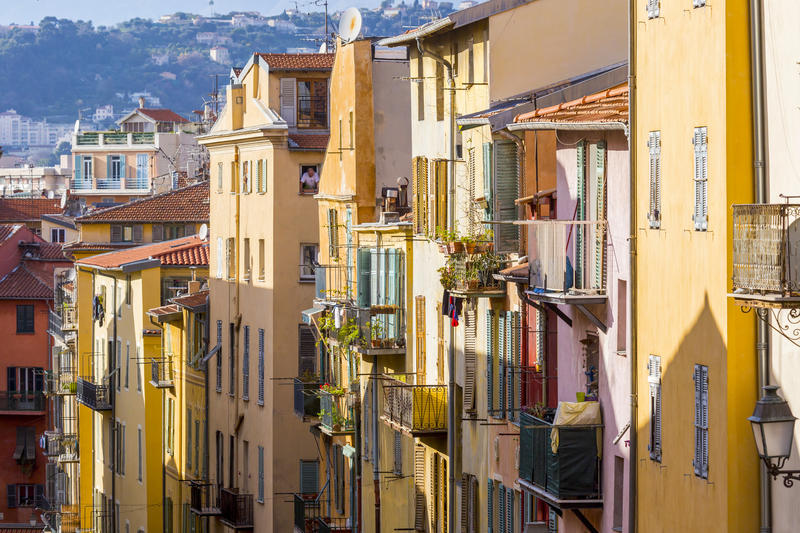
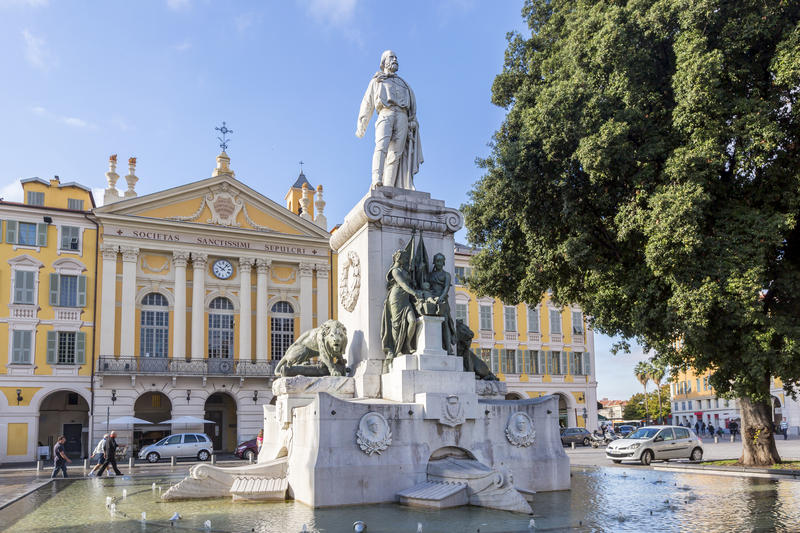
In the city, several monuments bear witness to this past:
Situated opposite the Cours Saleya, the current palace of the Alpes-Maritimes Prefecture was, from 1610 to 1860, one of the residences of the Dukes of Savoy, Kings of Sardinia. It has been listed and partially classified as a historical monument since 1996.
On the outskirts of Vieux-Nice, the statue of Giuseppe Garibaldi – a general and politician born in Nice – stands in the eponymous square in a very Turinese style. He is considered as one of the heroes of Italian unity. He had a hard time with his attachment to France.
In 1561, the Duke of Savoy, Emmanuel Philibert, imposed Italian as the official language in the county of Nice and Piedmont with the Rivoli Decree. At the same time, the use of Niçois – the langue d’oc – continued but was marked by numerous Italianisms.
Nice and Germany
If the winterers came from all over Europe, the period between the two wars saw a massive arrival of German refugees fleeing Nazism. The persecution of political opponents, such as homosexuals, brought many personalities. For example, the Mann family settled here, as did Magnus Hirschfeld, the first scientist to study human sexuality in its entirety on a scientific basis. Today he is regarded as one of the founding fathers of the gay liberation movement and his grave is regularly honoured.
The first Mercedes invented in Nice
Number 54 on the Promenade des Anglais has a well-known name: Mercedes.
It was in fact on this very spot that the Villa of the inventor Émile Jellinek, who settled in Nice in 1897, was located. Passionate about cars and speed, he opened a car business the following year. In 1900, he asked Paul Daimler and Wilhelm Maybach to design a completely new model of specific engine and had the first modern automobile chassis developed that was not a motorized carriage. The car was named Mercedes, after his daughter, and dominated all the motor races on the Côte d’Azur. It was a great advertisement for him. The inventor died in 1918 and is buried in the Château de Nice cemetery, located on the Château hill.
Nice, history and Jewish heritage
The Jewish presence dates back to the Greek period, and developed in Nice from the 14th century.
Today, among the various buildings, there is the Great Synagogue, located in the city centre, in neo-Byzantine style with stained glass windows by Theo Tobiasse. Or the Jewish cemetery in the southern part of the cemetery on the castle hill.
Also worth seeing is the Marc Chagall National Museum dedicated to the biblical message of the Old Testament in 17 magnificent paintings.
Of course, the choice of these few sources of influence is very restrictive. The list could go on and on….

